Wilderness First Responder (WFR)
When I mention WFR to other climbers (or anyone who spends extended time outdoors), I hear a lot of “oh I’ve been meaning to take Wuhfer! but haven’t been able to make the time/money/travel”.
It’s been years since I learned about WFR through a friend and became determined to do it, yet it is only now that I finally overcame the somewhat conflicting lifestyle implications of:
-
having two consecutive weeks of free time during a course offering (waitlists fill up months in advanced) to go to school when I could be climbing/backpacking/traveling instead, and
-
having a discretionary $1000+ laying around for tuition/etc.
I am now a Wilderness First Responder! It was awesome and if you’ve been thinking about it, you should definitely go for it!
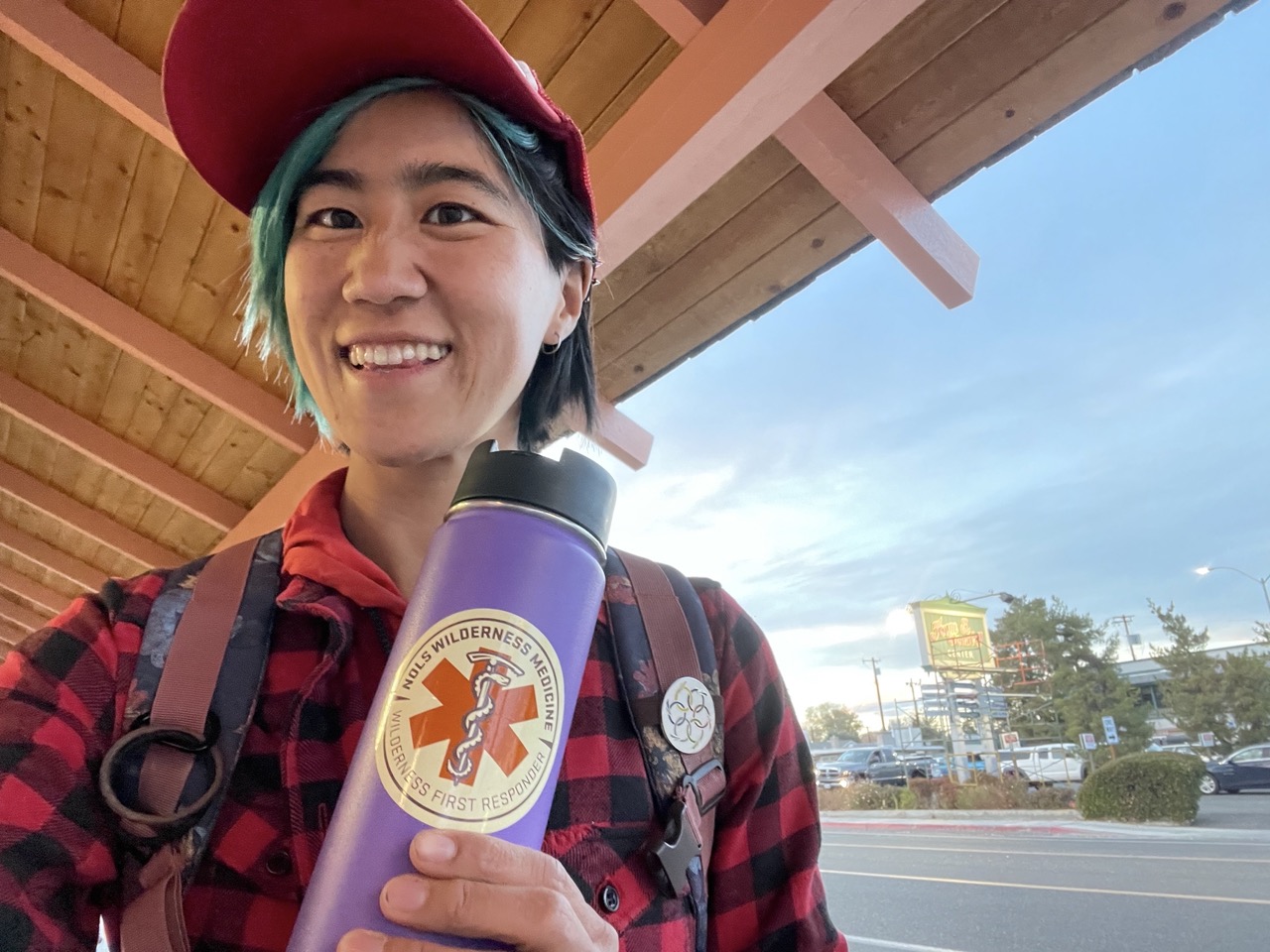
>My educational experience at WFR
Two weeks ago, I drove down to Bishop and took the 80 hour certification course that crams a semester of material into 10 days(!!) It’s basically as intense as it sounds. Class is 8am to 5pm (9 hours), including two days with evening sessions, and one rest day. I knew all this going in, but it still felt even more brutal and whirlwind than I had imagined.
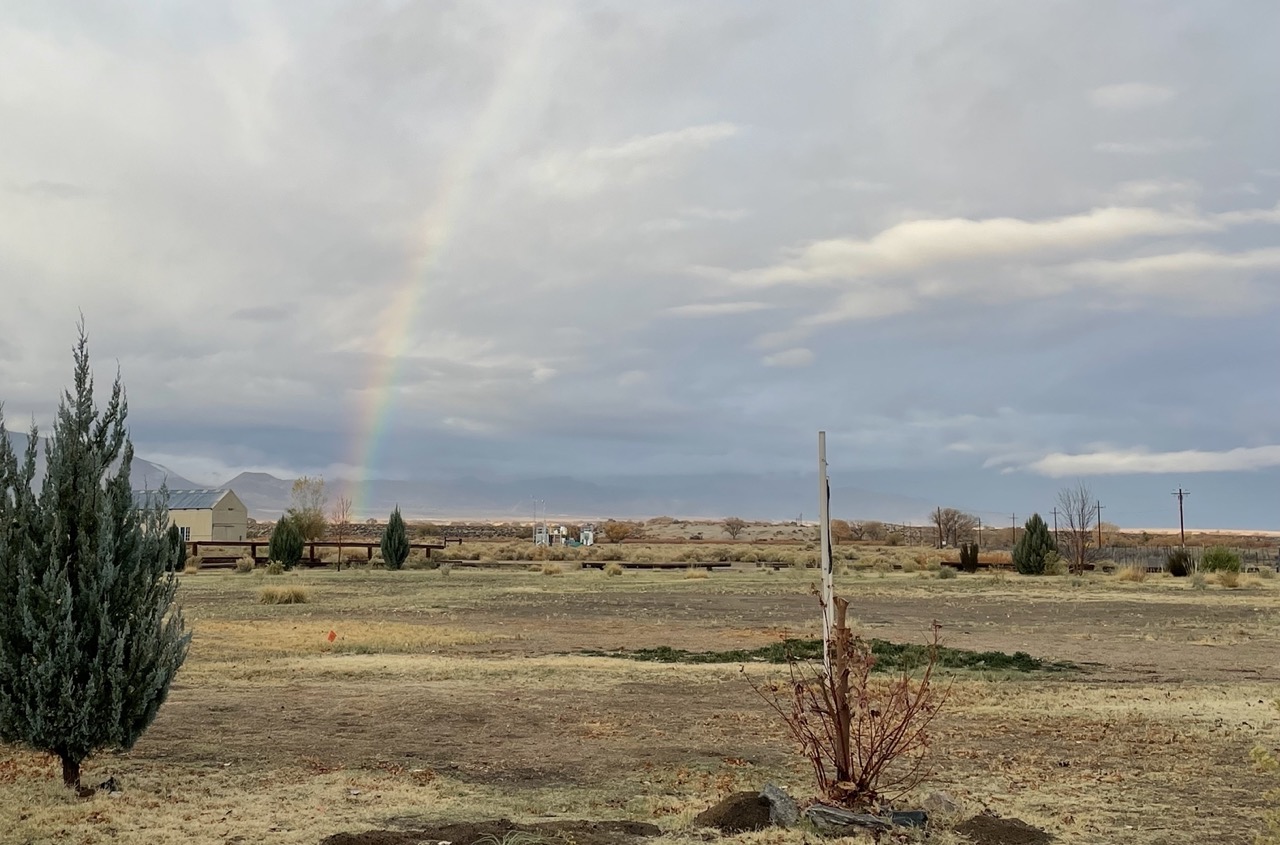
I hang out with nerds a lot so I am self-conscious about admiting that I did not thrive in and have no love for a classroom setting. I was actually pretty nervous about voluntarily inducing myself into a school-shaped experience! especially after some disasterous attempts at college.
But despite having an exam at the end, nothing else about WFR was like traditional school. I really liked being in a place where the other students all wanted to be there, and if passion isn’t enough, the $860 tuition ensured skin in the game.

Every morning I arrived full of coffee, and in the evening I left full of KNOWLEDGE. We built up to a full patient assessment system, drilled it until I caught my brain whispering questions to invisible patients as I fell asleep at night, and powered through physical trauma and medical topics. We learned to split broken stuff and package patient for transport in commercial equipment, and also whatever gear we had laying around based on the sport we were just doing.
For splint improv day, the instructors told us to bring some things we’d normally have on our wilderness excursions, so people showed up with skis, hiking poles, climbing cordalette, and even a pulaski(!) I learned that the foam frame and buckle cinches of my first-gen Patagonia Ascensionist climbing pack makes it a great ad-hoc splint base :') These are the true Dark Arts which we all hope will never need to be used.
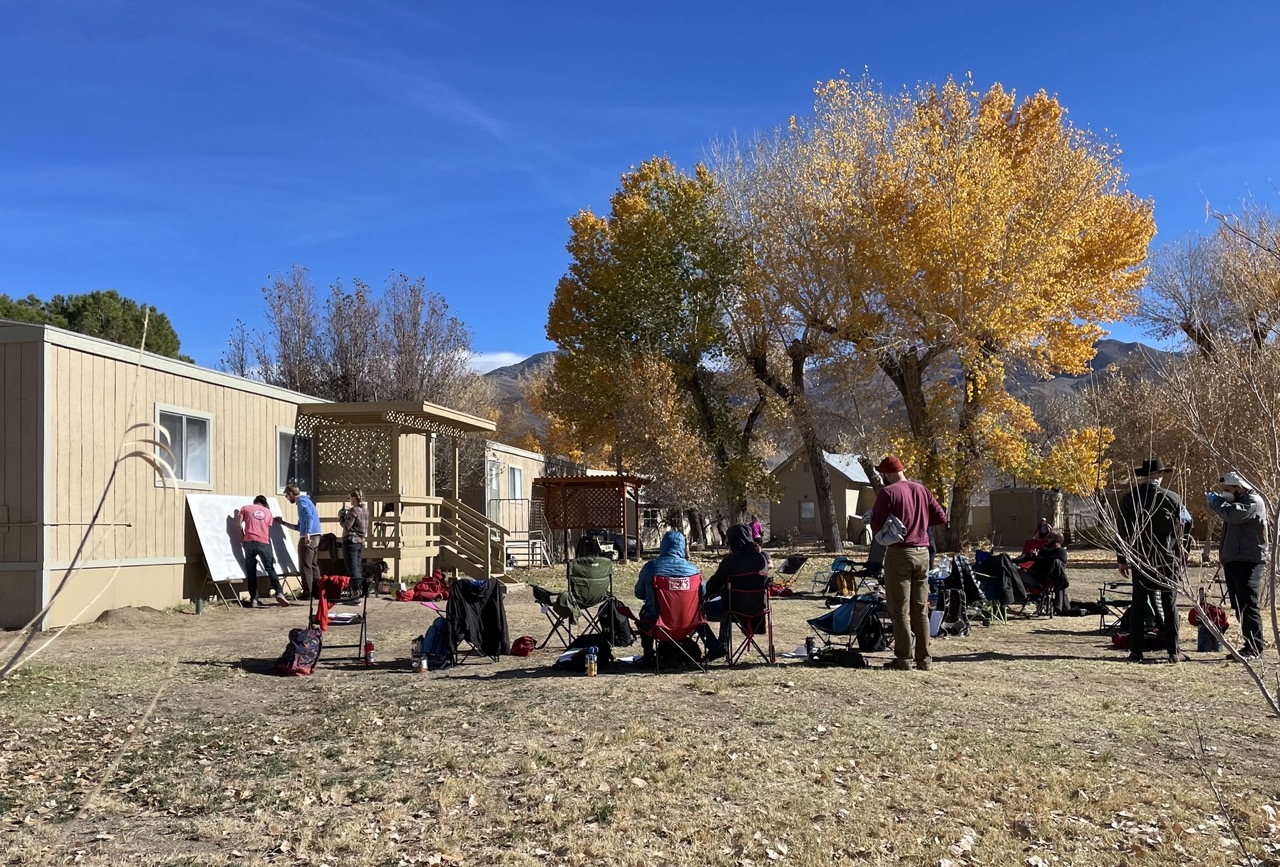
The winter desert sun was alternatingly too cold and too hot, but we spent almost the entire lecture portion outdoors in our makeshift classroom of camp chairs and picnic blankets, which migrated between the sun and shade depending on the conditions. When we had to masked up and head inside to use the projector, I got really sleepy and fought to pay attention. Around the room I saw a lot of wilted necks, which quickly revitalised after moving back outside. The contrast was like night and day. It’s hard to believe I spent so many heavy years in one dank box of artificial lights after another, when moving air and real sun makes me feel 10 times more focused??
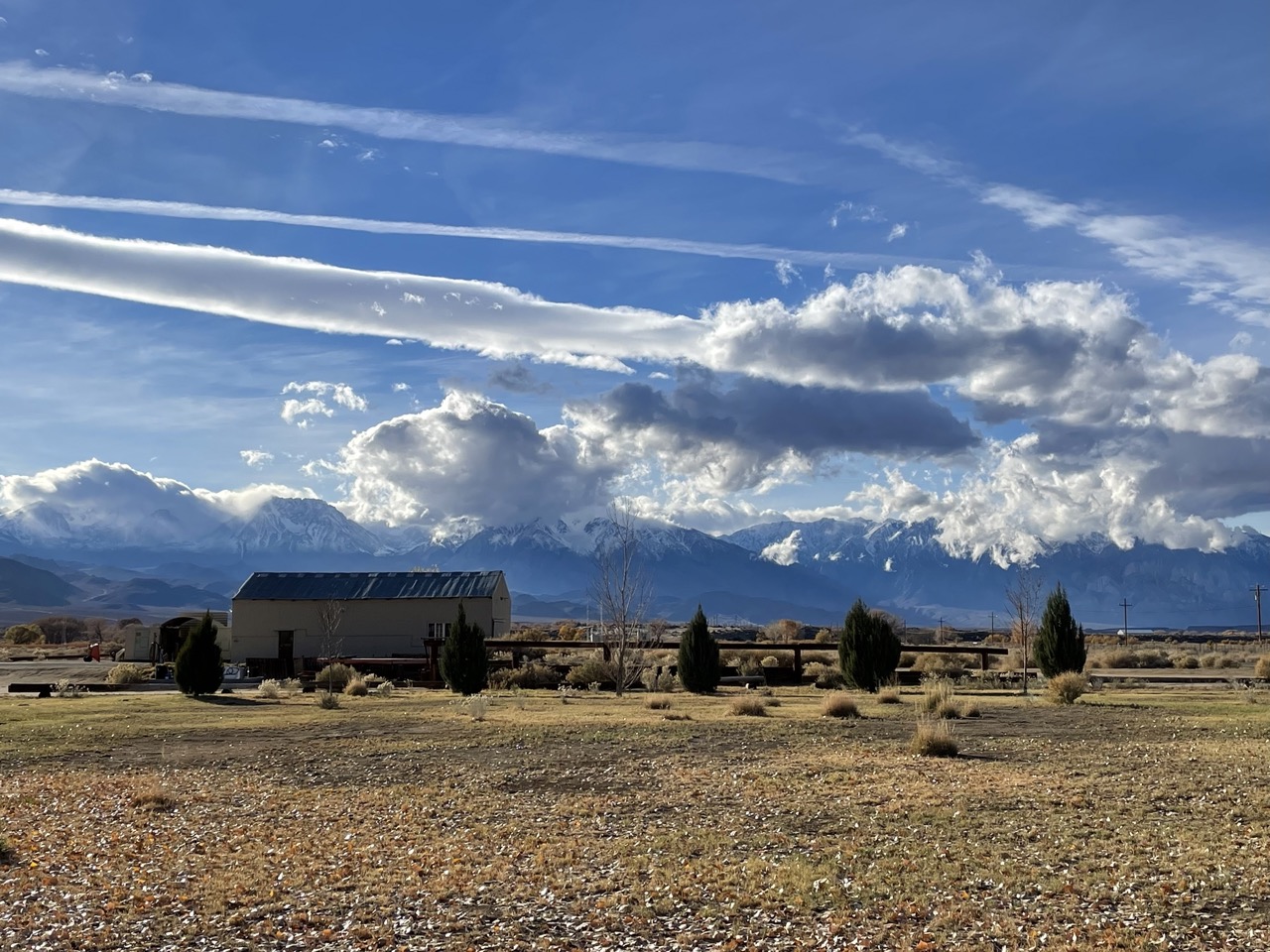
People take WFR for a wide variety of reasons, both recreational (climbers and backpackers who saw one too many accidents, outdoor group leaders, backcountry skiers, even someone who described themself as just a moderate dayhiker) and professional (National Parks Service employees who wanted to qualify for specific roles, aspiring ski patrollers, and people pursuing outdoor careers were paying their own tab—surprisingly no employer sponsorship).
I met a lot of dads but (to my knowledge) no moms. Many people were living out of their vehicles, and we were swapping van tours during breaks. There were young vagrants attached to nothing, older people on the verge of retirement, and people firmly established in adulthood but at a crossroads.

I stayed with some friends in Bishop and was super glad to save the daily two hour round trip commute to where I’m living in Mammoth. Students came from far and wide; fancy people rented airbnbs while car nomads were camped nearby at the Pit.
In the mornings, I woke up between 6 and 6:30am. I would savour my coffee, eat a big breakfast, hang out with the friends I was crashing with, and drive 10 minutes to the campus at White Mountain Research Center. I found myself super hungry ALL THE TIME and was eventually eating two sandwiches for lunch. I had forgotten how much energy learning took out of me! A couple days in I made an extra grocery run for fruit because I was having uncharacteristic sugar cravings, a side effect of focusing intensely that I find unintuitive. (I thought brains liked fat?)
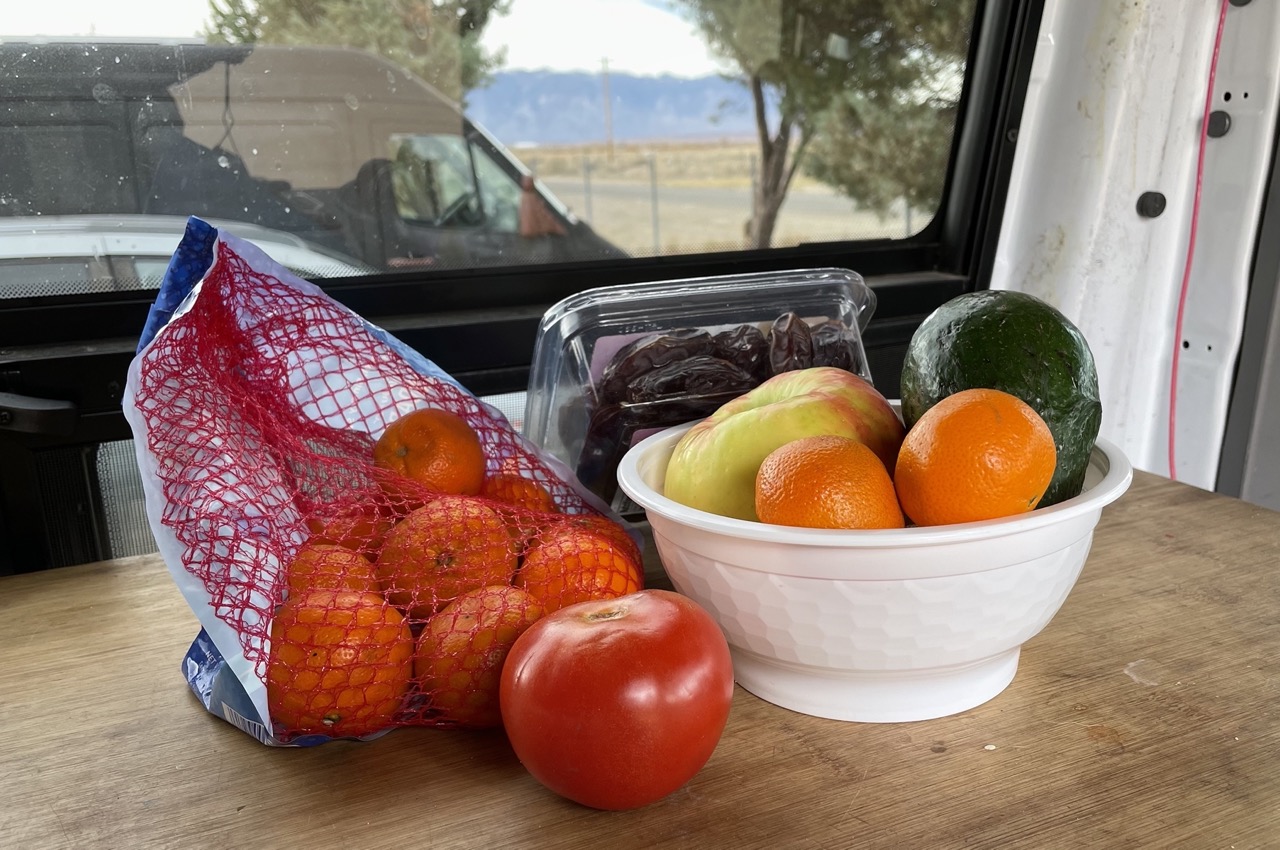
There were textbook chapters assigned for each evening, but I was so beat, it was a legendary struggle to make it through any of it. I tried sitting under a bright lamp, but my eyes could not stay focused. I was eventually falling asleep before 9pm(!!)
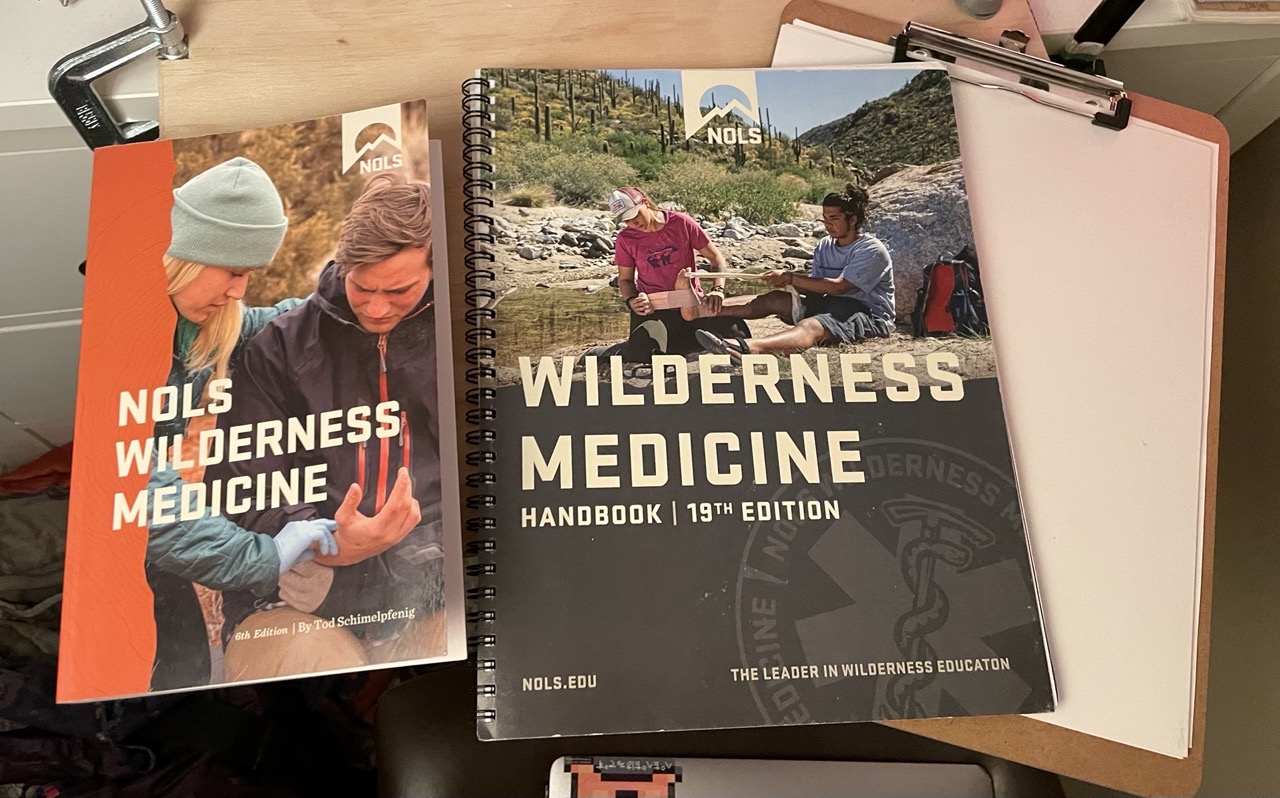
In retrospect, I didn’t need to worry about studying in the evenings and should have just relaxed instead. The instructors and curriculum did a great job of maximally packing knowledge into our bodies! The instructors Dan and Viren were really engaging and had great stage presence, wild personal experience stories to go with the subject material, and their lecture style is overall highly memorable. We practiced multiple scenarios a day and review was built in so that I knew as much as I ever would by exam day. Out of nervousness I made one last attempt to study, and fell asleep with the book on my face as I did the other nights. The gesture was valiant but unnecessary. Everyone in the class passed the written test and the practical, which I think was destined if you made at least a moderate effort to pay attention to what the instructors said, and take part in the scenarios.
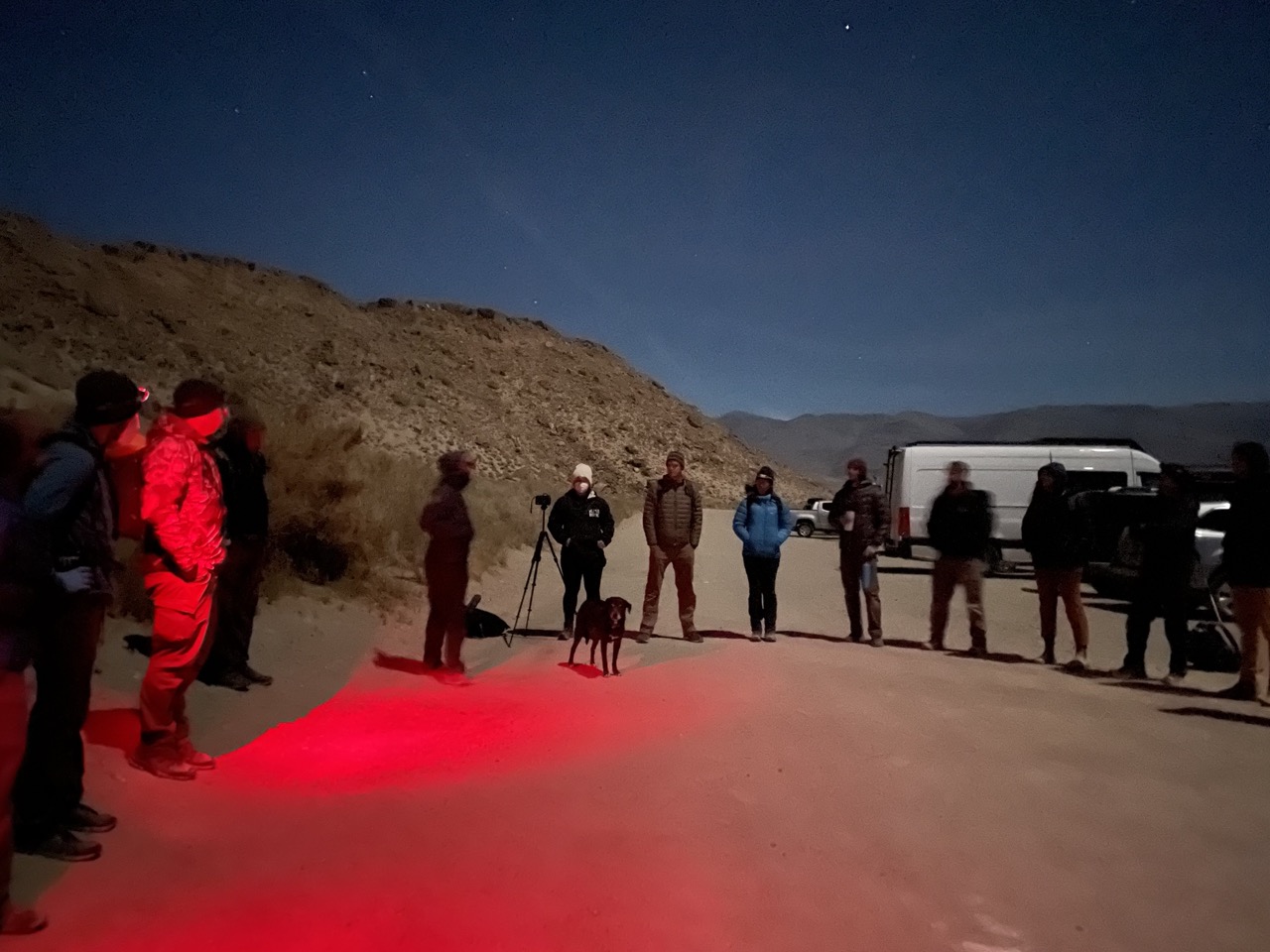
>Bonus fun fact: snakes on medical symbols
If you think of a well-known American medical symbol (some kind rod wrapped with repile), how many snakes do you envision on it?
One snake on a rod: that’s the symbol of Asclepius, Greek god associated with healing and medicine.
Two snakes on a winged staff: that’s the caduceus (kuh-doo-shuhs), a symbol of Hermes that has “ancient and consistent associations with trade, liars, thieves, eloquence, negotiation, alchemy, and wisdom” (Wikipedia).
There’s some modern confusion between the symbols, especially in American private medicine. When you hear those sirens coming for you, you better hope it’s one snake (Asclepius, healing) and not two (Hermes, prolific Olympian psychopomp and guide to the afterlife).
>My emotional experience at WFR
The pandemic era has been an uncertainty and exhaustion machine. You hear a lot of bad things happening everywhere. Big fires, floods and hurricanes, war, civil unrest, cracks in the fabric of society swallowing the people holding it together. I warded against immobilising helplessness with the COVID-safe workout plan: more climbing, more hiking, trying out trail running, skiing, and crosscountry skiing. My mind doesn’t have the mental energy to fester in unproductive negative thoughts if it’s already exhausted from cardio, but this strategy is at the expense of becoming detached from reality, and disconnected from emotional processing.
Taking WFR was an extremely grounding experience. It gave me a sense of confidence, frameworks to approach disasters, a shared vocabulary with other emergency personel, and many hours of practice exercising professional calm while interacting with distressed people. This is probably totally dilusional, but doing WFR felt like taking a sliver of control back from this chaotic world.
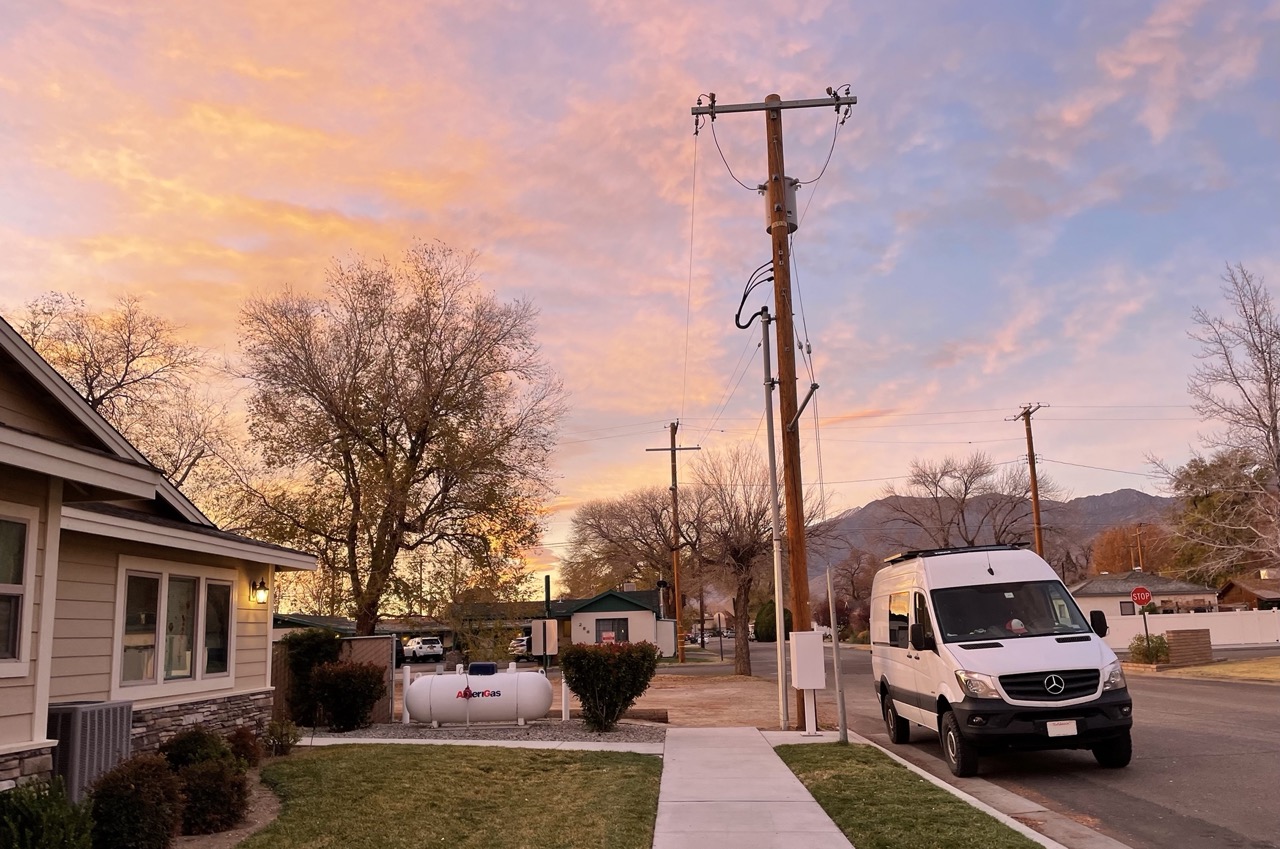
I have also slowly been coming unhinged. I think it’s appropriate to shield myself from the ups and downs of daily life, but at some point I have to face myself in a big-picture sense. I had always lived in cities to increase exposure to lots of different kinds of people. A serving of ambition, a serving of anarchy, a serving of hippie sentimentality and coporate pragmatism: keeping reminders of all that I can be at finger-tip’s reach. In March of 2020, I and the rest of the world exited that scene and dug into our holes for the long winter. But when normal life started trickling back, I did not return to the spring of human possibility and dynamism.
A lot of the human interactions I’ve had lately have been disappointing, misogynistic, or otherwise mind-numbingly boring (I recognise that while every human is a cosmos of unique hopes and dreams, sometimes the context of our interactions are hostile to revealing our inner complexities and instead thrust us into endless, inescapable, horrible small-talk). WFR functioned as a filtration system for interesting people, those who threw good sense out the window to spend 2 long and tough weeks in a desert learning wilderness medicine day and night.
Like in real life, I didn’t get along with everyone, and there were definitely personality clashes, but overwhelmingly it felt refreshing and energising to be around people inspecting and questioning their life, or pursuing an interest that will not directly result in improving their athleticism or increasing their salary, or bravely exploring a new career path. It kind of reminded me of my hitchhiking and couchsurfing days, where I often met people who didn’t have much, but were stoked to be alive and eager to do things and think wide thoughts. In Mammoth, I seem to be meeting the same person over and over again in an endless waking nightmare. I needed to break out of the cycle of being surrounded by people turning inward, or doing their lives as if it was a chore. This is crazy to me because I expect Mammoth to be full of weird vagrants and fun-loving travellers. I think I’ve burrowed too deeply into my hole and am suffocating inside it. I need to stop thinking and just go do something. Once I get moving, it will feel natural.
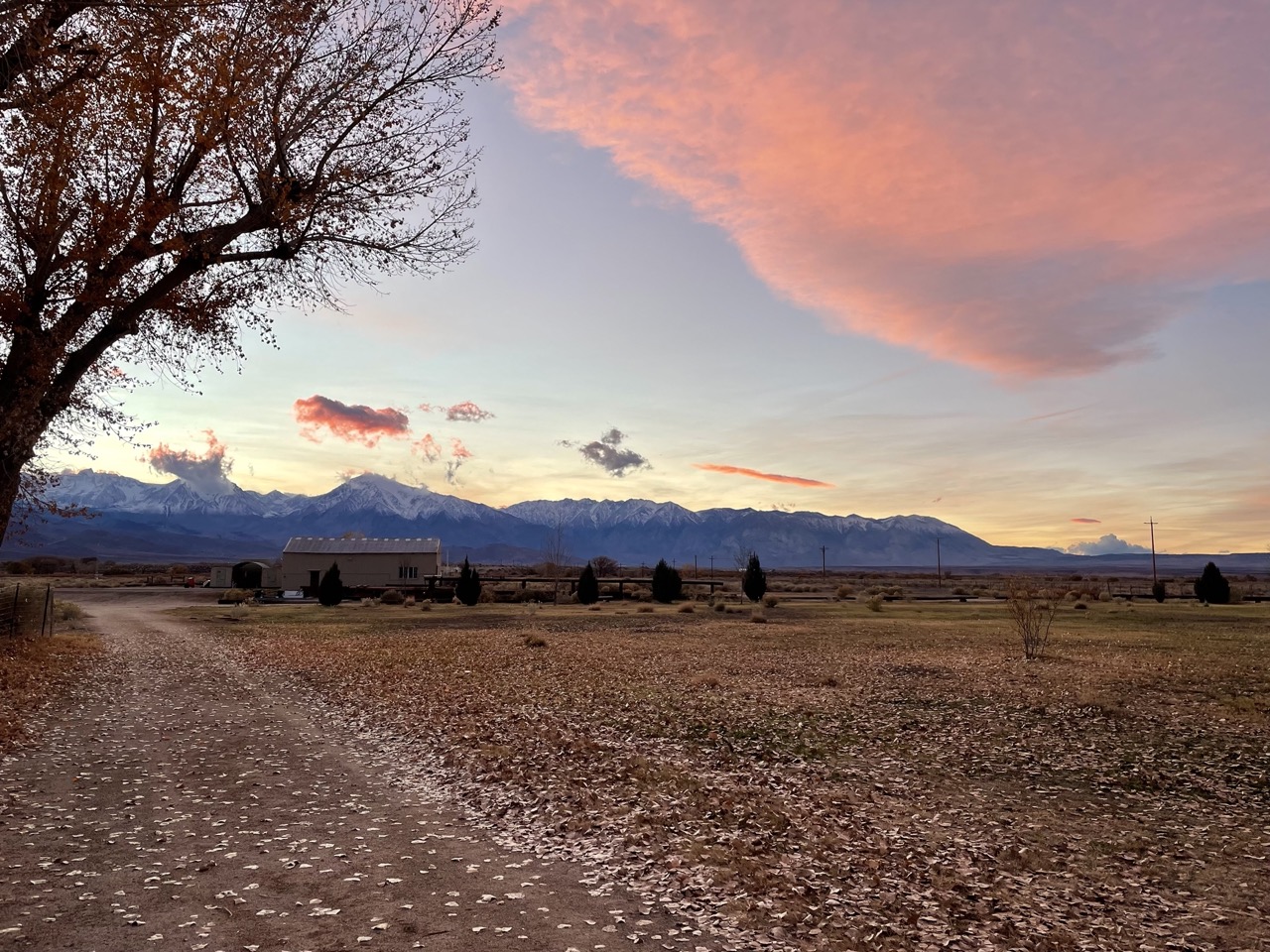
Comments
No comments at the moment. Hey, you could write one \o/